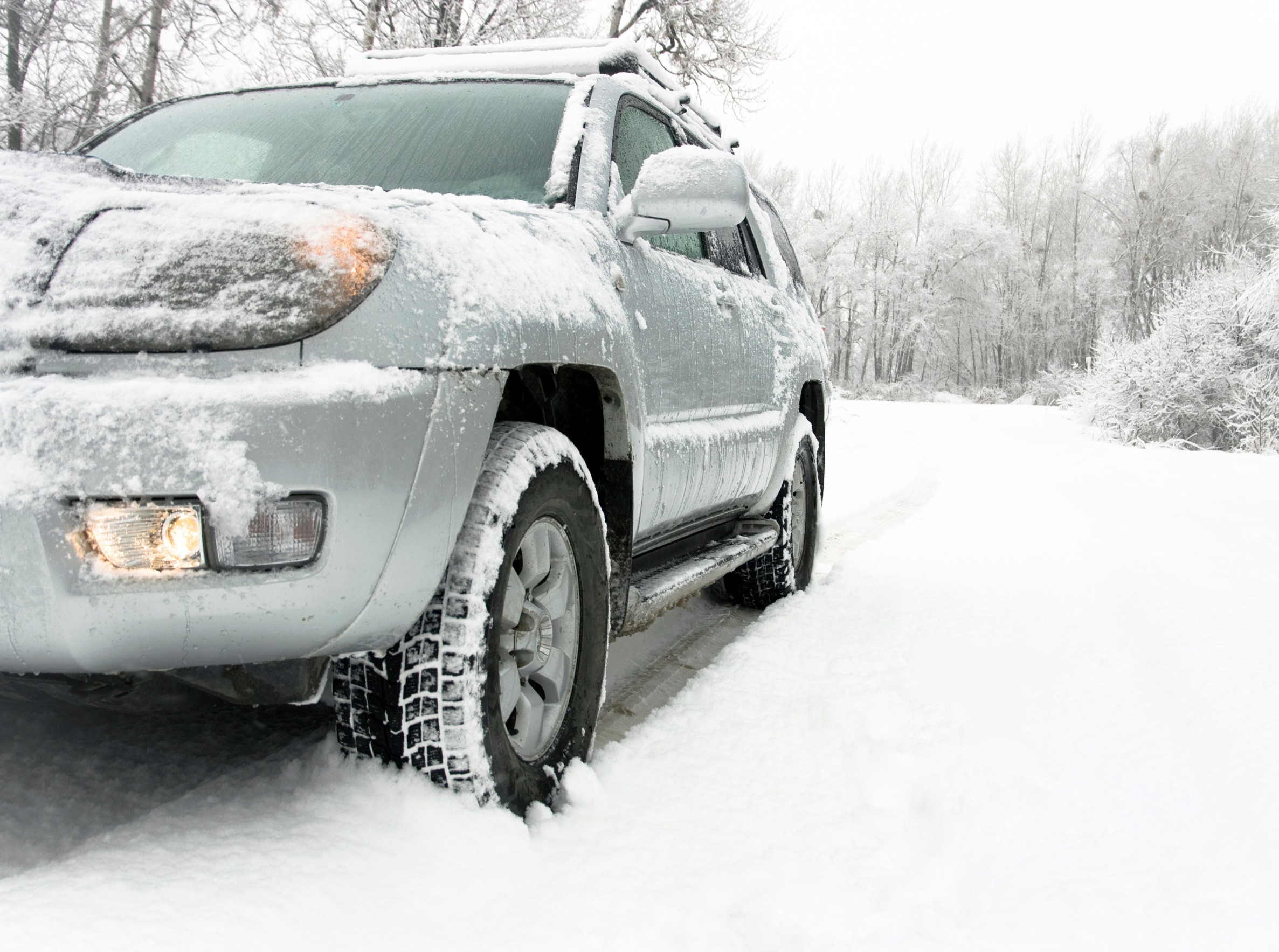Blog Blog
Navigating the Chill: A Guide on How to Drive an Electric Vehicle in Cold Weather
January 23, 2024
Navigating the Chill: A Guide on How to Drive an Electric Vehicle in Cold Weather
January 23, 2024As the world transitions towards sustainable energy solutions, electric vehicles (EVs) have gained significant popularity. However, driving an electric vehicle in cold weather presents unique challenges that drivers must be prepared for. From reduced battery efficiency to the impact on range, understanding how to navigate these challenges is crucial for a seamless driving experience. In this article, we will explore essential tips and strategies on how to drive an electric vehicle in cold weather.
- Battery Performance in Cold Weather:
One of the primary concerns for EV drivers in colder climates is the effect of low temperatures on battery performance. Cold weather can significantly reduce the efficiency of lithium-ion batteries commonly used in electric vehicles. Understanding this impact is crucial for planning and optimizing your driving experience.
In cold weather, the chemical reactions within the battery slow down, leading to a decrease in overall battery efficiency. This can result in reduced range and performance. To mitigate this, it’s advisable to keep your electric vehicle plugged in when not in use. This allows the battery management system to regulate temperature and ensure optimal conditions for the battery.
- Preconditioning the Vehicle:
Preconditioning your electric vehicle before driving in cold weather is an effective strategy to enhance battery performance. Most modern EVs come equipped with a preconditioning feature that allows you to warm up the cabin and battery while the vehicle is still plugged in. This not only improves comfort for the driver and passengers but also ensures that the battery is operating at an optimal temperature, minimizing the impact of cold weather on its performance.
- Managing Range Expectations:
Cold weather can have a noticeable impact on the range of an electric vehicle. Drivers should be aware that the advertised range might be reduced in colder temperatures. To manage range expectations effectively, it’s crucial to plan routes, considering factors such as charging station availability and distance.
When embarking on a journey in cold weather, use online tools and EV-specific navigation apps to identify charging stations along your route. This proactive approach helps alleviate range anxiety and ensures a stress-free driving experience.
- Tire Maintenance:
Tire maintenance becomes even more critical in cold weather. Cold temperatures can cause tire pressure to drop, affecting the overall efficiency of the electric vehicle. Regularly check and maintain the recommended tire pressure to ensure optimal traction and efficiency.
Additionally, consider investing in winter tires designed to handle colder temperatures and slippery road conditions. These tires provide better grip and traction, contributing to enhanced safety and performance in cold weather.
- Regenerative Braking Considerations:
Many electric vehicles come equipped with regenerative braking systems that help recharge the battery during deceleration. In cold weather, however, these systems may not be as efficient due to lower battery temperatures. Drivers should be aware that regenerative braking may not provide the same level of energy recapture in cold conditions.
To compensate for this, practice smoother driving habits, such as gentle braking and acceleration. This reduces the reliance on regenerative braking and helps maintain a consistent driving range.
- Use of Heated Accessories:
Heated accessories, such as seat warmers and steering wheel heaters, are common features in electric vehicles. While these amenities contribute to driver comfort, they also draw power from the battery. In cold weather, it’s advisable to use these accessories judiciously to avoid unnecessary strain on the battery.
Consider using heated accessories intermittently or at a lower setting to strike a balance between comfort and battery efficiency. This ensures that the power consumption remains manageable, especially during longer journeys.
Conclusion:
Driving an electric vehicle in cold weather requires careful consideration of various factors to optimize performance and efficiency. By understanding the impact of low temperatures on battery performance, implementing pre-conditioning strategies, managing range expectations, maintaining tire health, and using accessories judiciously, EV drivers can navigate winter conditions with confidence.
As technology continues to advance, manufacturers are actively working on innovations to address the challenges associated with cold weather driving in electric vehicles. By staying informed and implementing best practices, drivers can contribute to a smoother and more enjoyable electric vehicle experience, even in the chilliest of climates.